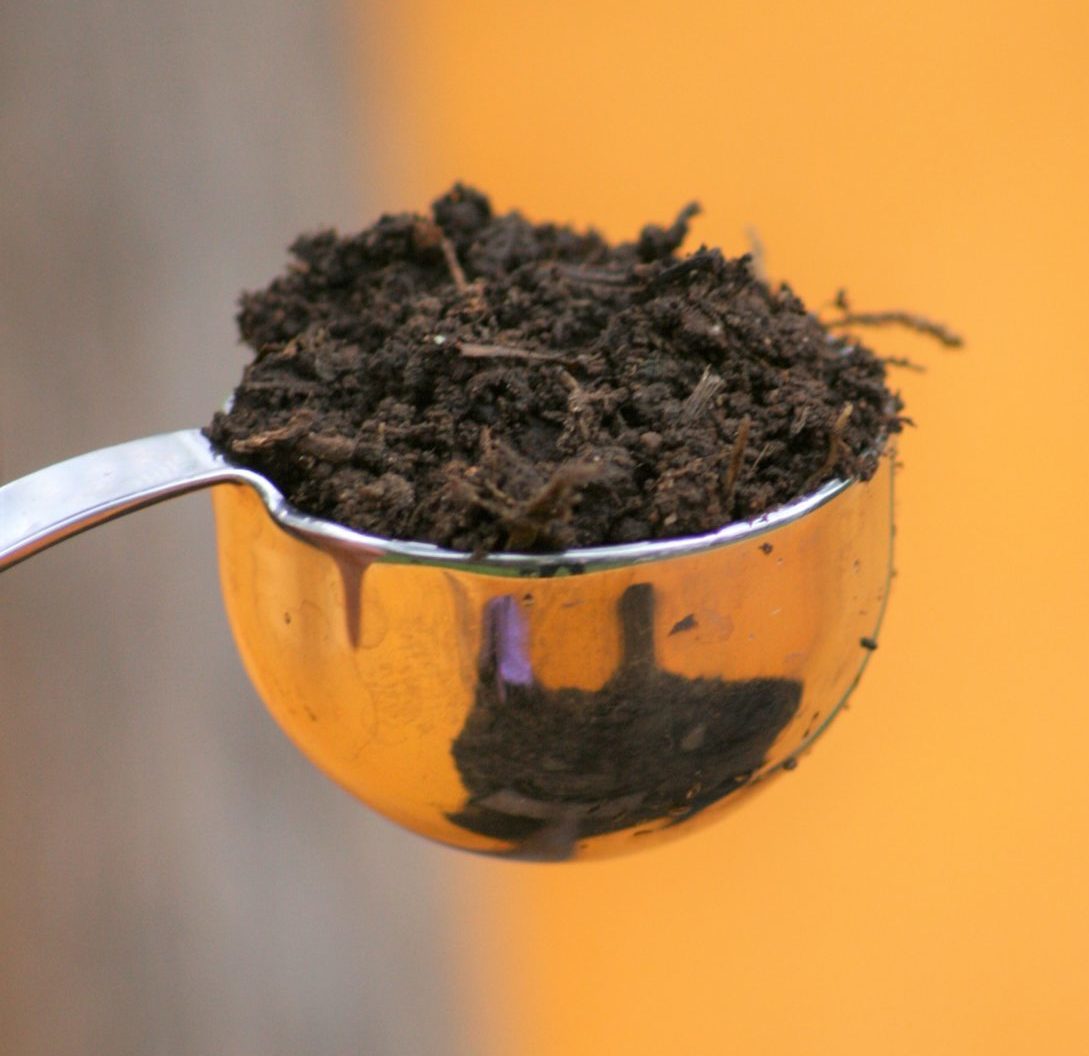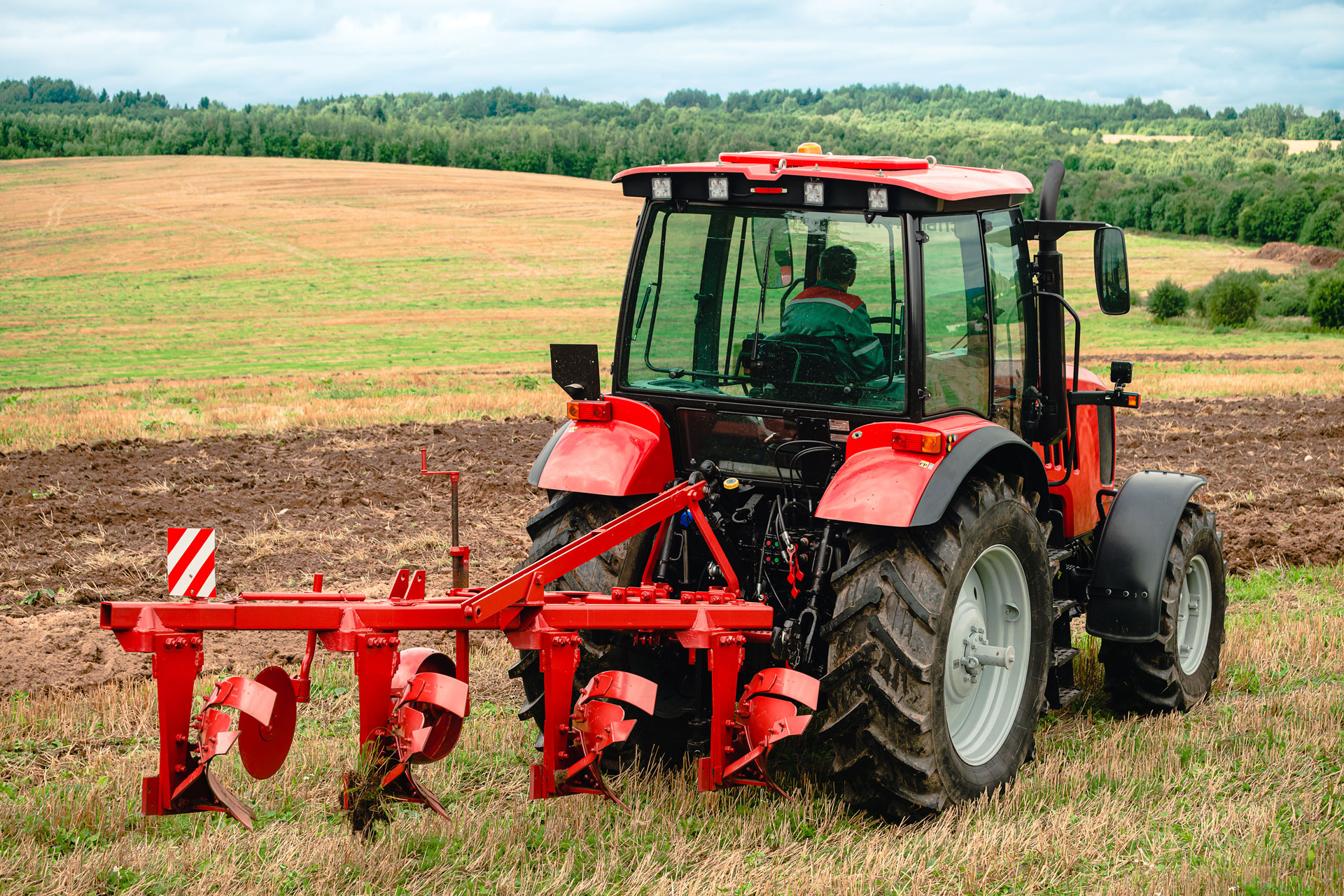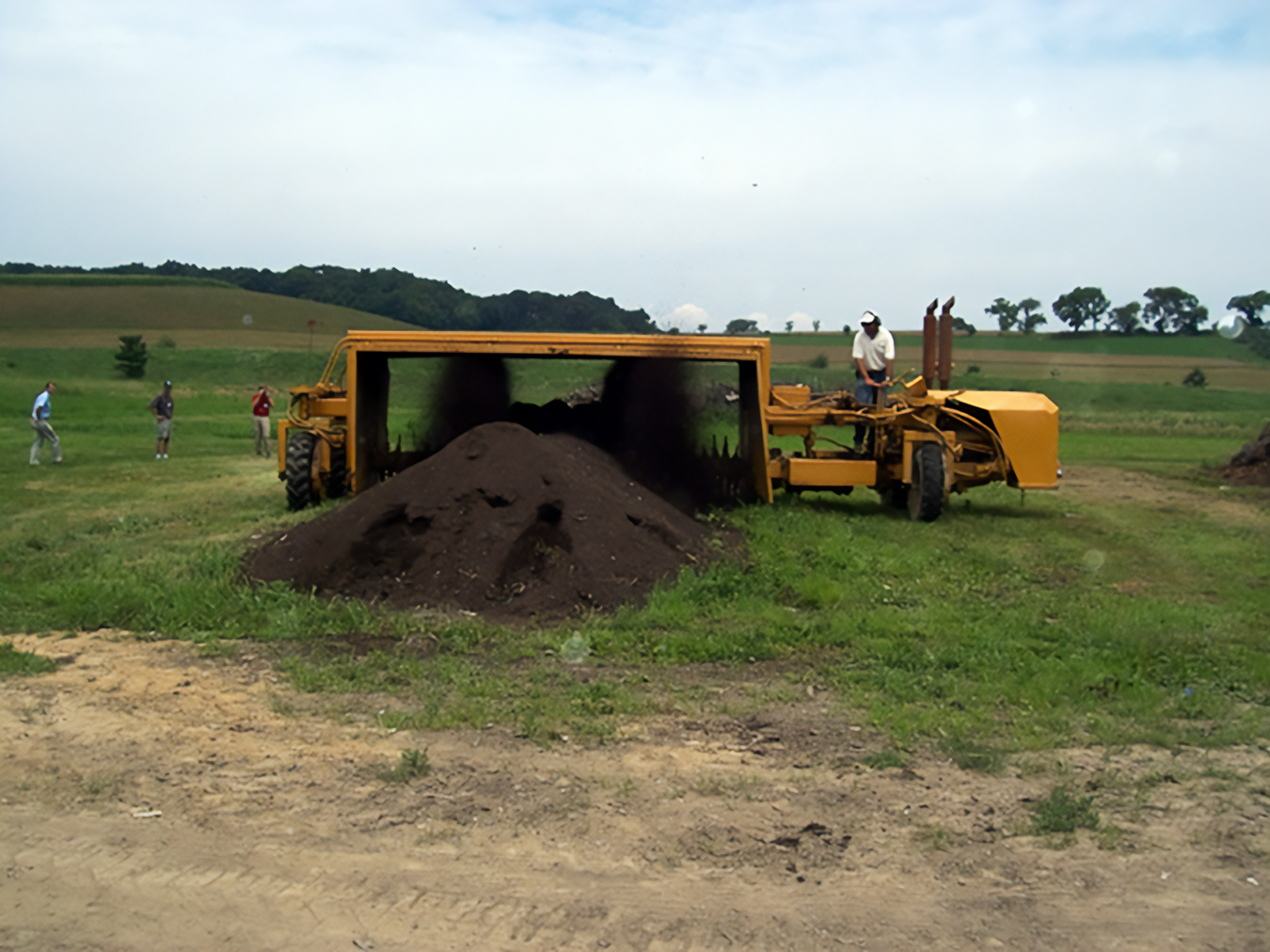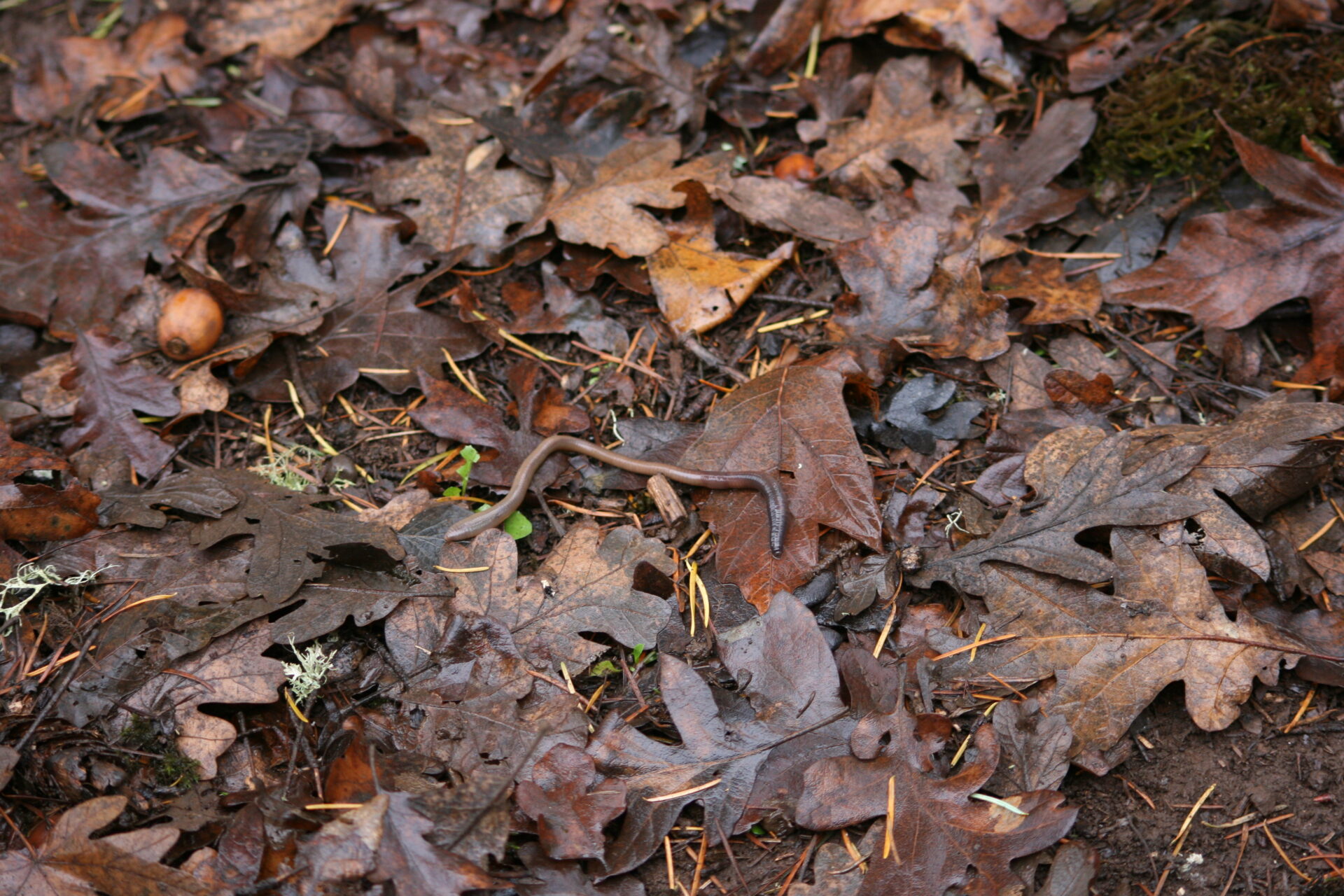Soil microbes, or microorganisms, are the mediators that convert the bigger organic pieces, such as plant matter, insect skeletons and worm castings, into the ammonium and phosphate that the plants can take up and use.
“Soil is a living being, and it’s filled with microenvironments and niches,” said Kate Scow, UC Davis Professor of Soil Science and Microbial Ecology.
Symbiotic Relationships
Plants and microorganisms are involved in important symbiotic relationships. The roots of plants release chemicals and slough off cells, providing food such as sugars, starches and amino acids for microorganisms. In turn, microorganisms decompose organic matter, which allows plants to more easily take up nutrients. Mycorrhizal fungi concentrate phosphorus and other minerals at the roots of plants.
The rhizosphere, or area immediately around the root zone of plants, is teeming with microorganisms. Many times, these microbes are single-cell organisms, but they also may group together to form colonies of cells.
“Soil is very diverse,” Scow said. “It is home to a variety of communities that do a tremendous amount of work.”
Scow compares these various soil communities to guilds whose members specialize in different skills—the silver smith, the candle maker, the black smith. In the case of soil, these groups are defined by their ecological functions. Some of these groups include:
- Decomposers of organic materials—Without the decomposers, such as microbes, along with earth worms and arthropods (centipedes and millipedes,) all the rich organic material would just sit there. It wouldn’t break down into components that plants can utilize.
- Nitrogen mineralizers—help turn organic matter into the minerals that plants need. Nitrogen mineralization is the process of microbes decomposing organic N from organic matter into ammonium that plants can then use.
- Plant growth promoting bacteria (PGPB)—These organisms live in close association with plants and can enhance plant growth and protect them from disease and other stresses.
Scow compares healthy human bodies with good immune systems to what’s going on in healthy soil. Both support beneficial microorganisms that are good at boosting immunity and defeating disease.
“If we’re healthy, we’re less likely to get disease. Healthy organic soils have a lot of capacity to suppress diseases in plants. They don’t give diseases much of a chance to get a foothold,” Scow said.

Conventional Soil vs. Organic Soil
With conventional farming, the grower is giving the plant what it needs as far as Nitrogen (N), Phosphorus (P) and Potassium (K), most often with the use of chemical fertilizers. But that doesn’t provide all that is needed by the soil and the microorganisms that live in it. The soil can starve if organic matter isn’t going back in, because it’s missing the carbon.
“An important part of organic inputs is the carbon,” Scow said. “Like our bodies, soil needs to eat, or be fed.”
“Soil in intensive agricultural systems, i.e. growing food, loses carbon in the plant material that is removed during harvest and which is often not replaced,” Scow said.
Adding back the organic matter with compost, manure, blood meal etc., gives back to the soil the nutrients and organic material that is taken away with harvest. Continually feeding the soil with organic material supports the beneficial bacteria, fungi and nutrients plants need and use. A “bank” of nutrients, organic matter is like a continuous smorgasbord for growing plants.
Organic material also rights a lot of wrongs. It not only helps the soil microbes, but it tends to regulate soil acidity levels. It also helps problem soils: clay soil with drainage, and sandy soils with retaining moisture and nutrients. Organic matter helps feed the organisms that create aggregates—sand, silt and clay joining together to form larger-sized granules. Larger granules create crumbly soil, which improves root growth and provides a beneficial habitat for soil organisms.
Organic soils have much higher microbial mass than equivalent conventionally managed soils, according to Scow. If you could actually weigh the microbes, you might find twice the weight in organic than in conventionally-farmed soil, she said.
Organic farmers have long relied on microbes and their symbiotic relationship with plants to get their fertility.
“Growing organically requires you to think about the life in the soil and to take care of it,” Scow said.
For both organic and conventional growers, cover crops are beneficial. They add nutrient-rich organic matter back into the soil. The cover crop collects the rays of the sun, powering photosynthesis. The plants take in carbon dioxide from the air, which produces food for the plants, as well as for the microorganisms living in the root zone. During this same process clean oxygen is released back into the atmosphere.
Facts About Microbes
- There are 50-billion microbes, give or take, in one tablespoon of soil.
- Soil microorganisms are the source of many antibiotic medicines humans use to treat infections and disease.
- Food sources for microorganisms are plentiful in topsoil and more microorganisms live there than in the deeper subsoil.
- Growers often add supplemental organic phosphorus fertilizers to the soil to adjust for crop needs. Treating seedling roots with endo-mycorrhizae helps increase the plants’ ability to absorb phosphorus in the soil.
- The hair-like hyphae of fungi can spread for hundreds of feet underground. In undisturbed forests, these hyphae can stretch for acres and acres.
- The largest living organisms are fungi. Underground fungal networks can transport nutrients throughout the hyphal system.
- Microbes can help plants send signals to other plants, warning about pests or disease.
Additional Benefits of Microbes
Mycorrhizal fungi help extend plant roots so they can access a much larger volume of the soil. Hyphae, which are tiny hair-like fungi strands, can reach into the tiny nooks and crannies in the soil to reach pockets of nutrients that plants couldn’t get to by themselves.
Microorganisms also help rid soil of toxins. If there are organic toxins in the soil, such as gasoline, and some of the pesticides, there are microbes that can actually utilize them as food.
“Some of these chemicals are toxic to higher organisms like humans, but not to microbes,” Scow said. “Through bio degradation, microbes eat them, grow new cells and release harmless by-products. Microbes, such as fungi, can also accumulate heavy metals and hold them there in their hyphae.”






